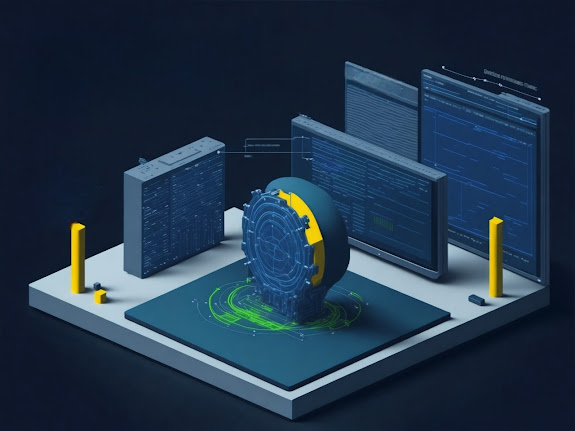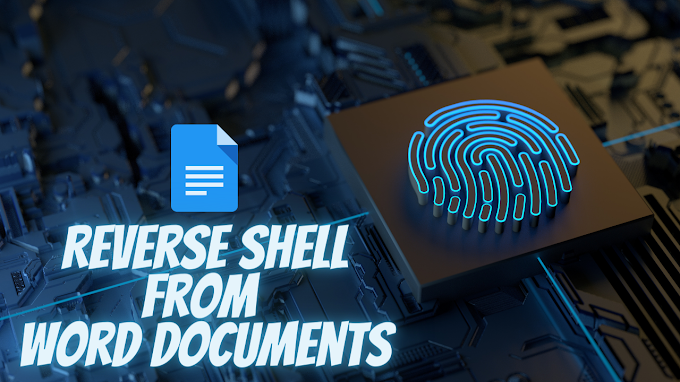OpenAI: A Brief Overview
The Significance of Entity Recognition
How Entity Recognition Works
Are you concerned about your online privacy and security? Look no further than NordVPN – the ultimate solution for keeping your internet activities private and secure.
Why Choose NordVPN?
- Robust Security: NordVPN uses military-grade encryption to protect your data from hackers, ISPs, and cybercriminals. Your online activities remain anonymous and secure.
- Global Access: Access websites and content from around the world with NordVPN's vast network of servers in 59 countries. Bypass geo-restrictions and enjoy a truly open internet.
- No-Logs Policy: NordVPN follows a strict no-logs policy, ensuring that your online activities are not tracked or recorded. Your privacy is our top priority.
Lightning-Fast Speeds: Enjoy fast and reliable connections for streaming, gaming, and downloading. NordVPN's optimized servers ensure a seamless online experience.
Get Started Today!
Protect your online presence with NordVPN and take control of your digital life.
Get up to 65% off NordVPN + 3 extra months
From
$8.29$3.79/monthClick here to sign up for NordVPN and enjoy exclusive discounts!
Note: By clicking on the affiliate link above, you support this blog at no extra cost to you. Thank you for your support!
Traditional vs. Advanced Threat Detection
Anomaly Detection
Behavioral Analysis
One of the fascinating applications of GPT is its capability to analyze the behavior of users, devices, or applications. By establishing a baseline of normal behavior, deviations from this established pattern can be flagged as potential security breaches. This behavioral analysis adds a proactive dimension to cybersecurity, allowing organizations to respond swiftly to emerging threats.Predictive Analysis
GPT's predictive capabilities harnessed through its understanding of historical data and current trends, enable proactive cybersecurity measures. It can predict potential cyber threats based on these insights, empowering organizations to take preventive actions before a threat manifests, thus strengthening their security posture.Real-world Case Studies
Future Prospects
Looking ahead, the potential advancements in utilizing GPT for entity recognition and threat detection are immense. Continued research and development in the field of AI, coupled with innovations in GPT's capabilities, are expected to further elevate its role in fortifying cybersecurity. Integration with emerging technologies will likely create a cybersecurity landscape that is more robust and adaptive.Code:- The repository Advanced Threat Detection and Entity Recognition with OpenAI GPT on GitHub hosts a comprehensive implementation for advanced threat detection and entity recognition using OpenAI's GPT (Generative Pre-trained Transformer) model.
Conclusion
In conclusion, OpenAI's GPT holds sizeable transformative potential in advancing chance detection and entity recognition in the cybersecurity domain. By leveraging its anomaly detection, behavioral evaluation, and predictive evaluation talents, agencies can considerably bolster their cybersecurity measures. However, it is crucial to constantly adapt and innovate, aligning with the evolving cybersecurity panorama.Thank you for visiting the blog, reading, and expanding your knowledge. If you enjoy the content, please consider following me and subscribing to my YouTube channel.
If you require any assistance, need solutions or clarifications on any topic, or wish to show your support or provide suggestions, please leave a comment below or contact us via email. We are also excited to announce new blog posts, so keep an eye out for those. Until then, have a wonderful life. Goodbye.









